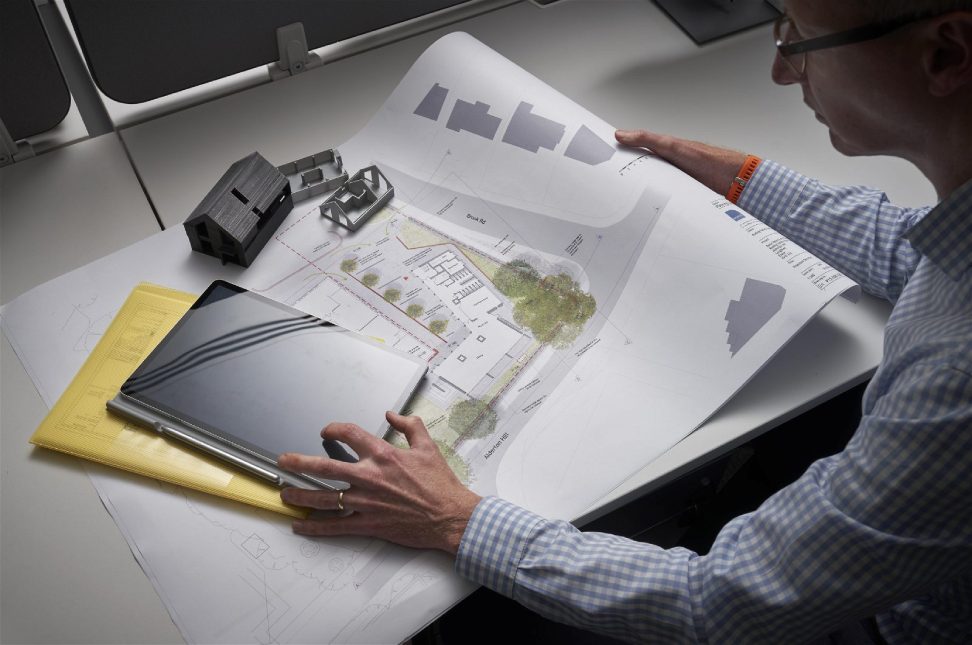Max66, Arsgroup777, ARS Group Exchange: Sustainable architecture is a design practice that prioritizes creating buildings and structures with minimal negative impact on the environment. This approach aims to achieve a balance between the built environment and the natural world by implementing strategies that reduce energy consumption, water usage, and waste generation. Sustainable architecture focuses on long-term solutions that promote the well-being of both people and the planet.
In addition to environmental considerations, sustainable architecture also takes into account social and economic factors. This means designing spaces that are not only energy-efficient and environmentally friendly but also functional, aesthetically pleasing, and economically viable. By integrating these aspects into the design process, sustainable architecture seeks to create buildings that are not only sustainable in the present but also contribute positively to the future of our planet.
Key Principles of Sustainable Architecture
Sustainable architecture revolves around the idea of minimizing the environmental impact of buildings while prioritizing the well-being of occupants. One key principle is the utilization of renewable energy sources such as solar panels and wind turbines to reduce reliance on non-renewable resources and lower carbon emissions.
Another essential principle is the incorporation of passive design strategies to enhance energy efficiency. This includes aspects like optimizing building orientation for natural lighting and ventilation, using high-performance insulation materials, and implementing green roofs to improve thermal regulation.
Benefits of Eco-Friendly Design in Architecture
Ars247, Wazeerexch, Peachexch: Eco-friendly design in architecture offers a multitude of benefits that extend far beyond just the environmental impact it has. One significant advantage is the potential for long-term cost savings that come from reduced energy consumption and operational expenses. By incorporating sustainable elements into the design, such as energy-efficient heating and cooling systems and natural lighting solutions, buildings can significantly decrease their utility bills over time.
Moreover, eco-friendly design promotes a healthier and more comfortable indoor environment for occupants. The use of non-toxic materials, proper ventilation systems, and abundant natural light can enhance air quality and overall well-being. This focus on human health and well-being is a key aspect of sustainable architecture, contributing to increased productivity and satisfaction among users of the building.
� Energy-efficient heating and cooling systems can reduce utility bills
� Natural lighting solutions decrease operational expenses over time
� Non-toxic materials improve indoor air quality
� Proper ventilation systems promote a healthier environment
� Abundant natural light enhances overall well-being
� Sustainable architecture contributes to increased productivity and satisfaction among users
What is sustainable architecture?
Sustainable architecture focuses on creating buildings that are environmentally responsible, resource-efficient, and healthy for occupants. It aims to minimize the negative impact on the environment while maximizing benefits for both people and the planet.
What are the key principles of sustainable architecture?
The key principles of sustainable architecture include energy efficiency, use of sustainable materials, water conservation, waste reduction, and creating a healthy indoor environment. These principles work together to create buildings that are environmentally friendly and socially responsible.
What are the benefits of eco-friendly design in architecture?
There are numerous benefits of eco-friendly design in architecture, including reduced energy consumption, lower operating costs, improved indoor air quality, enhanced occupant comfort, and a smaller carbon footprint. Eco-friendly buildings also contribute to a healthier environment and a more sustainable future.
Additional:

